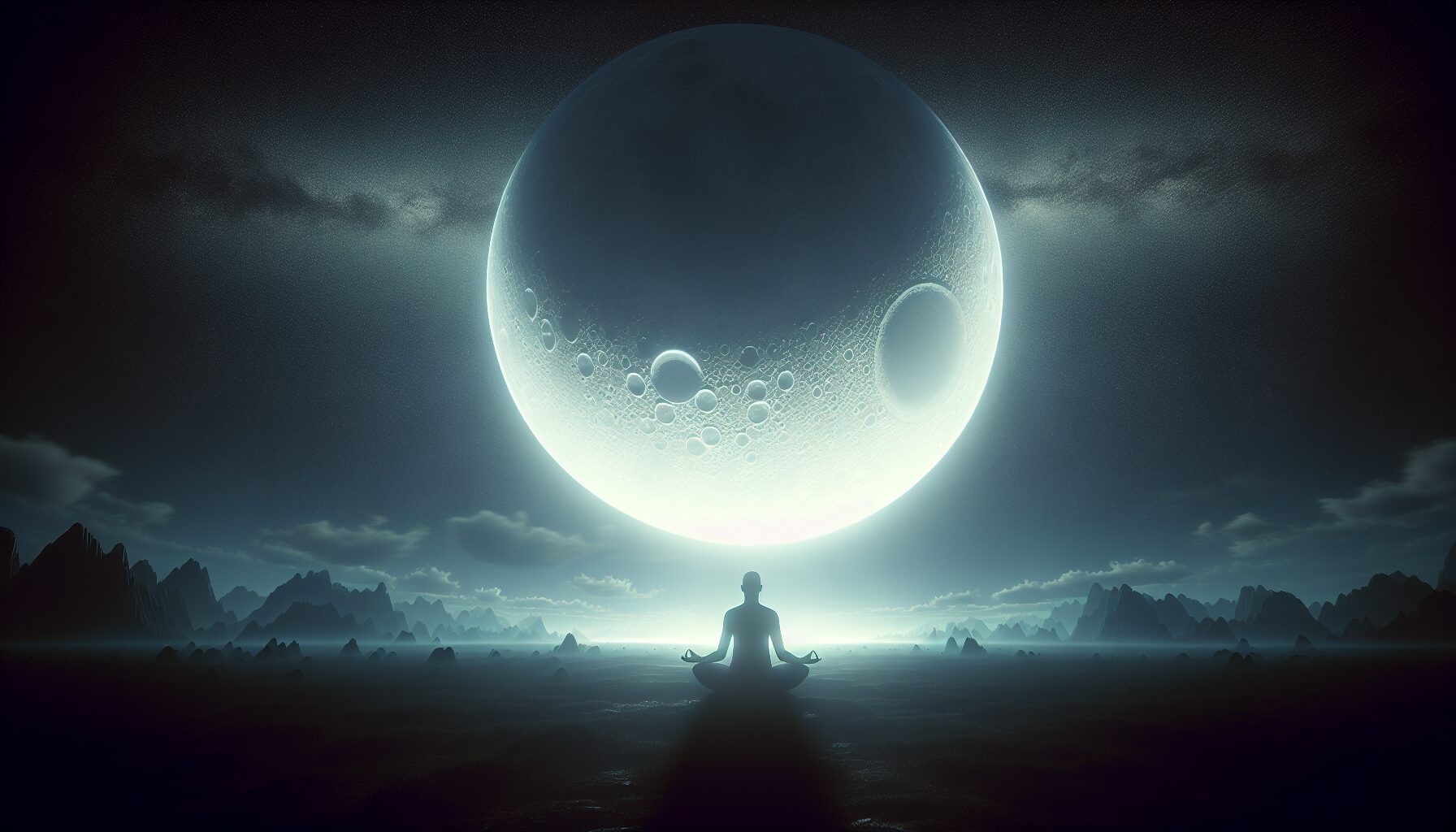In many spiritual traditions, the moon is revered not only as a celestial body but also as a symbol of various aspects of human spirituality. While the full moon often represents clarity and the culmination of energies, the shadow of the moon—or the new moon—holds its own significance in spiritual practice.
The New Moon: A Time for Reflection
The new moon phase, when the moon is not visible from Earth, is considered a powerful period for introspection and setting intentions. This dark lunar phase prompts practitioners to retreat inwards, relying on the absence of lunar illumination as a metaphor for exploring the unknown aspects of themselves. As the psychotherapist and author Carl Jung noted, “One does not become enlightened by imagining figures of light, but by making the darkness conscious.”
Darkness as a Symbol of Potential
- The darkness of the new moon is often seen as a blank slate, ripe with potential. It encourages the release of what no longer serves an individual to make room for new beginnings.
- Spiritual practitioners view this period as an opportunity for healing and renewal. The absence of light is thought to provide a unique environment where one can face hidden fears and desires without distraction.
- Many traditions, such as those observed in Wicca and some branches of Hinduism, include specific rituals to honor this introspective period, fostering a connection to the inner self.
Embracing the Unknown
The practice of engaging with spiritual darkness is not without its challenges. In a world that cherishes clarity and certainty, embracing the shadow requires courage and an open mind. Jessica Dore, a licensed social worker and tarot practitioner, states, “The dark moon is a reminder that much of what we seek lies in places we’d rather not look.” The journey into this lunar shadow is thus an essential part of spiritual growth.
“True transformation is birthed through experiencing and understanding the darkness within us,” says Dr. Steve Taylor, a psychology lecturer and author on spiritual science. “In our shadows lie the dormant seeds of our true potential.”
This exploration of darkness is not an ode to negativity but an acknowledgment of its role in the balance of light and dark within the human psyche. As spiritual seekers navigate the shadow of the moon, they learn to embrace all facets of their being, leading to more profound self-understanding and spiritual enlightenment.
The dance between shadow and light is perpetual. By embracing periods of darkness as vital components of spiritual practice, individuals carve out a path to deeper awareness and personal growth. Just as the seasons change, so too must practitioners honor the cyclical nature of their spiritual journey.

Comments